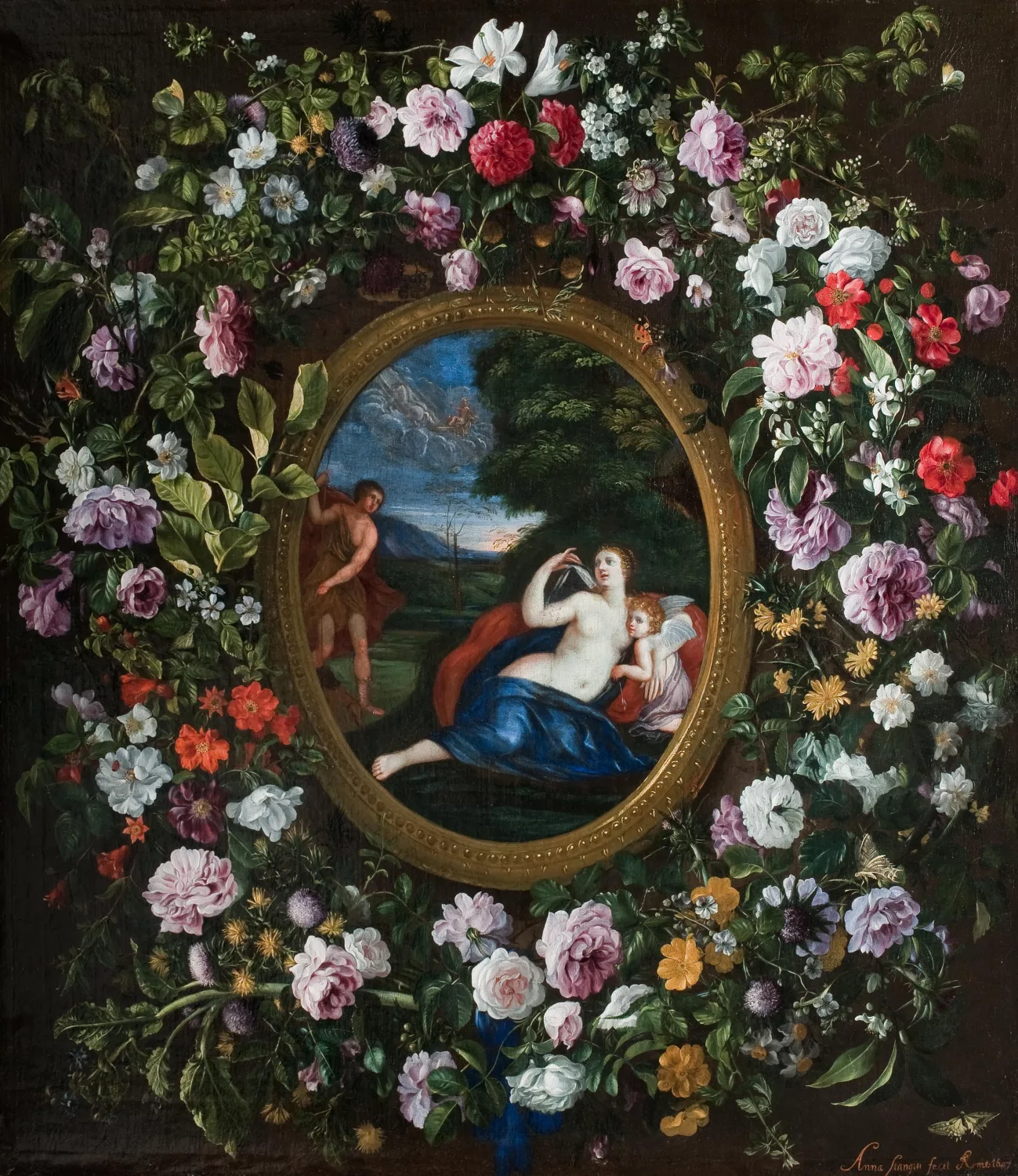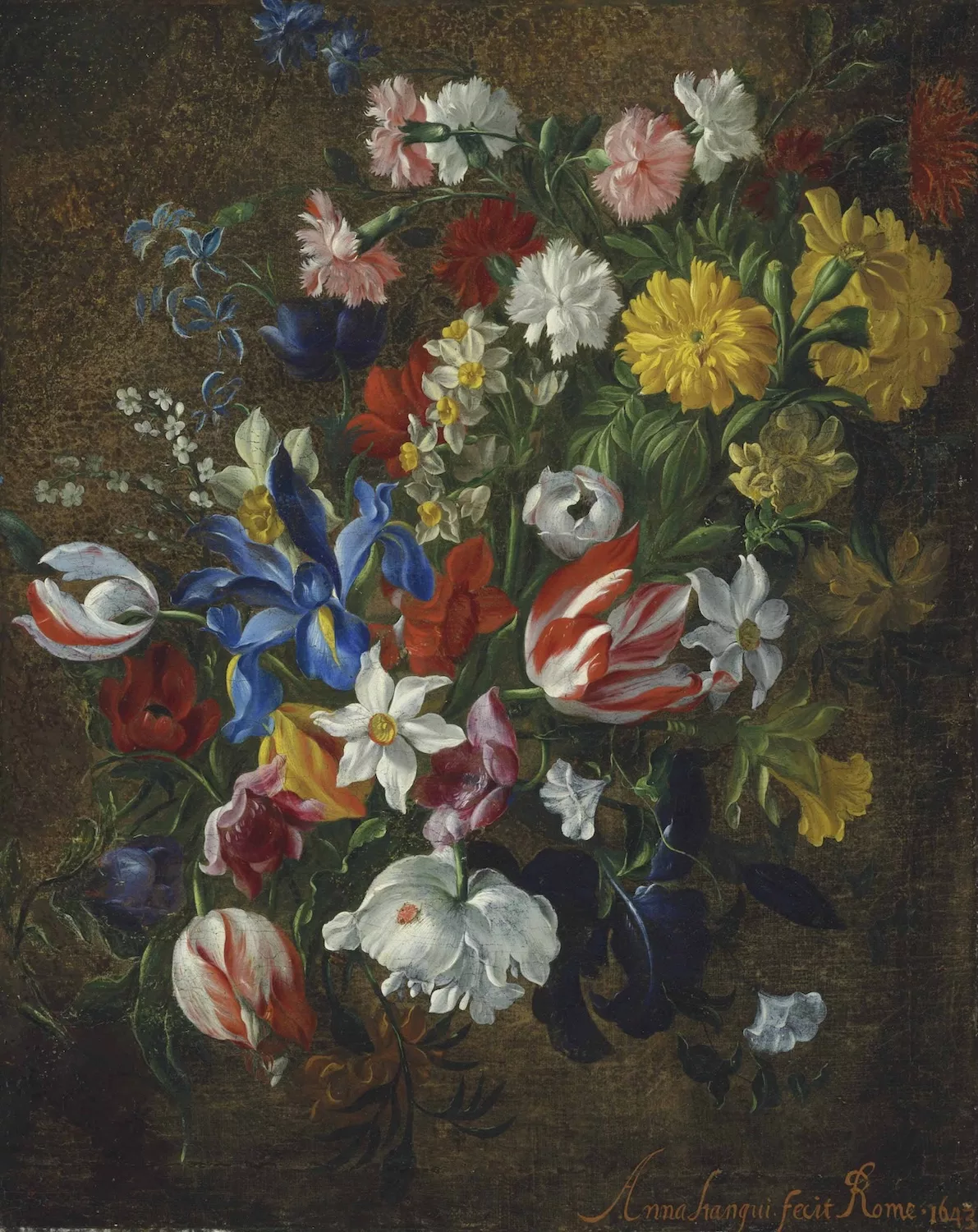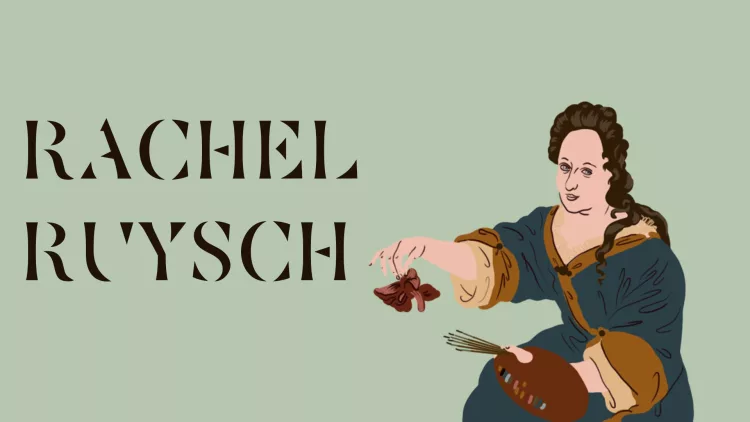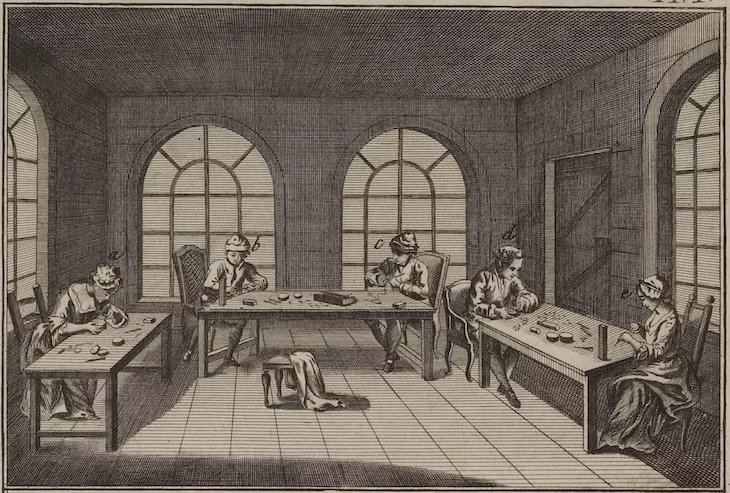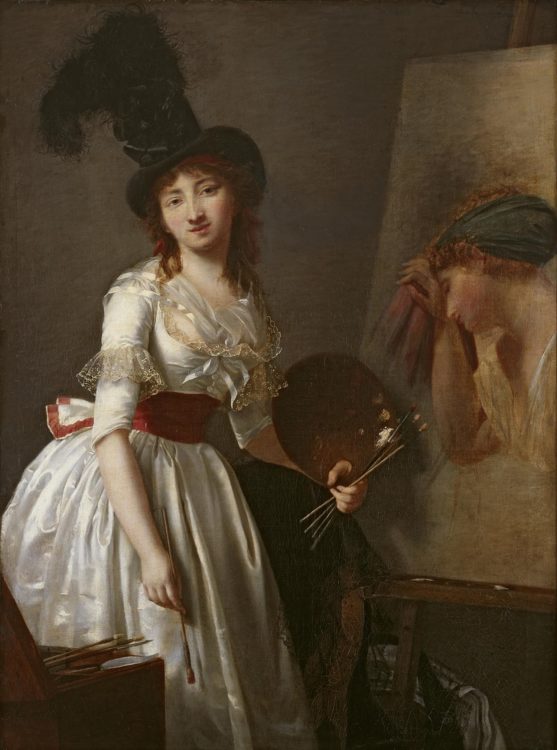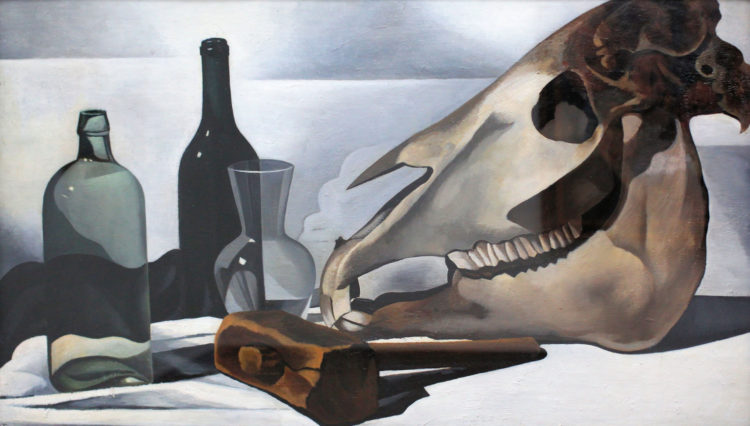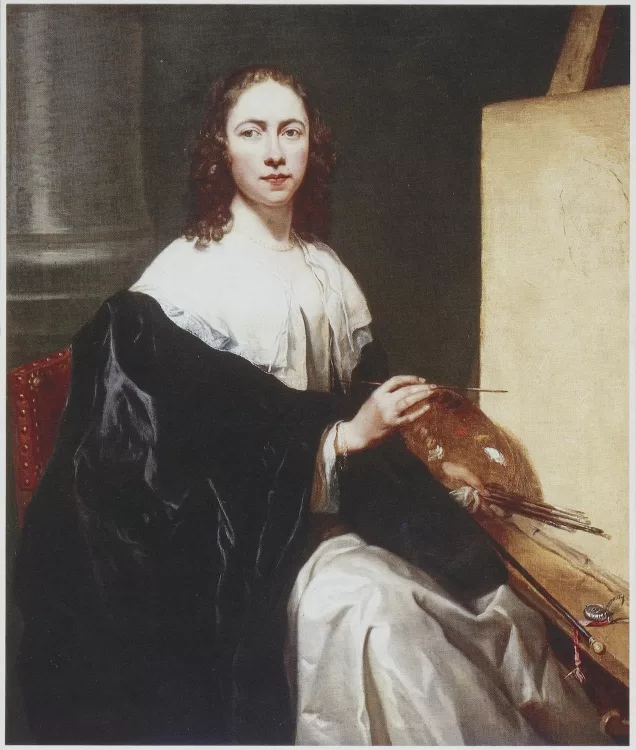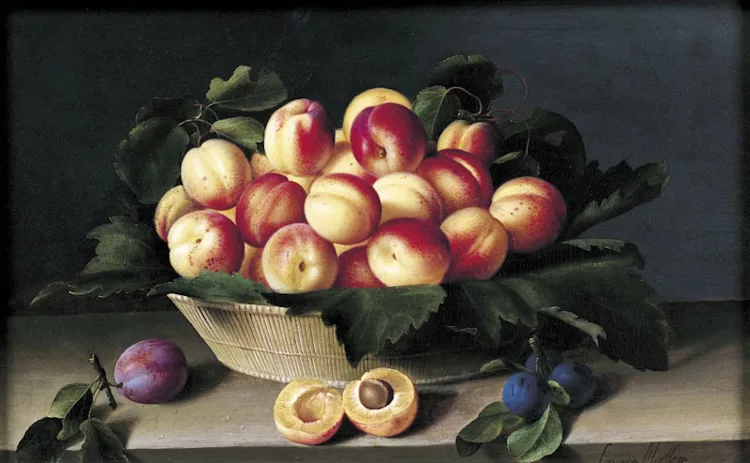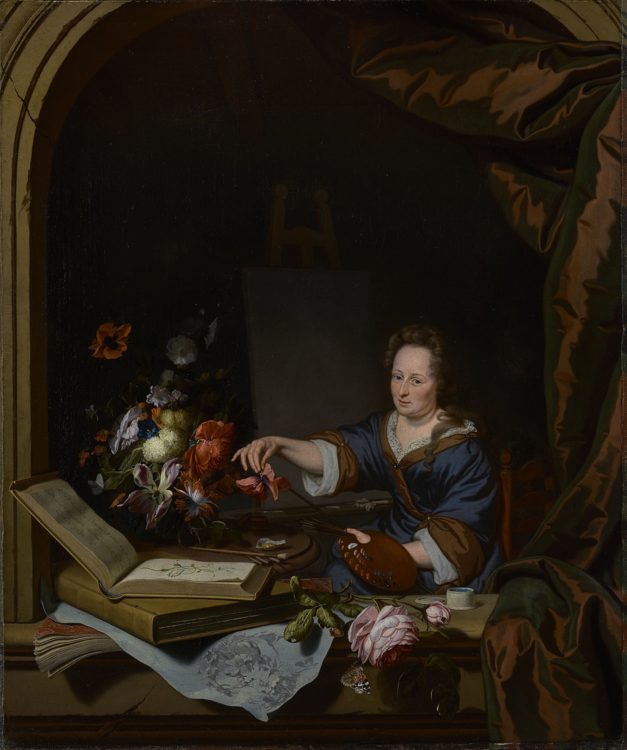Anna Stanchi
Arcangeli, Ilaria, in Ilaria Miarelli Mariani, Raffaella Morselli (eds.), with Ilaria Arcangeli, Roma Pittrice. Artiste al lavoro tra XVI e XIX secolo [Rome Painter. Female artists at work between the 16th and 19th centuries], exh. cat., Museo di Roma – Palazzo Braschi, Rome [October 24 2024 – March 4, 2025], Rome, Officina Libraria, 2024, pp. 371–372
→Bocchi, Gianluca, in Anna Maria Bava, Gioia Mori, Alain Tapié (eds.), Le Signore dell’Arte. Storie di donne tra ‘500 e ‘600 [The Ladies of Art: Stories of Women between the 16th and 17th Centuries], exh. cat., Palazzo Reale, Milano [March 2 – July 25, 2021], Milano, Skira, 2021, pp. 228–229, 322–323, n. 3.63
→Crispo, Alberto, “Pietro Paolo Cennini e la bottega degli Stanchi”, Parma per l’arte, new ser. 19, 2013, pp. 63–70
Le Signore dell’Arte. Storie di donne tra ‘500 e ‘600 [The Ladies of Art: Stories of Women between the 16th and 17th Centuries], Palazzo Reale, Milano, March 2 – July 25, 2021
→Roma Pittrice. Artiste al lavoro tra XVI e XIX secolo [Rome Painter. Female artists at work between the 16th and 19th centuries], Museo di Roma, Palazzo Braschi, Rome, October 24 2024 – March 4, 2025
Italian still life painter.
For centuries, Anna Stanchi remained a ghost in art history, but is now known to have been a member of the prolific Stanchi family, celebrated in the 17th century for their lush still life paintings. Only in recent years has A. Stanchi re-emerged from obscurity, thanks to the appearance of two signed and dated paintings on the art market: Tulips, Irises, Daffodils, Carnations, Hyacinths and other Flowers (1643) sold by Sotheby’s in Amsterdam in 2007 (now at the Middlebury College Museum of Art), Apollo, Venus and Cupid Surrounded by a Swag of Flowers (c. 1647) by Christie’s in Paris in 2010 (now, Private Collection). These rediscovered works finally gave A. Stanchi a place in a male-dominated artistic tradition.
Her connection to the better-known Stanchi brothers – Giovanni, Niccolò and Angelo – was quickly established. New archival findings have revealed that A. Stanchi was probably born in around 1611, making her the second oldest sibling. Starting in 1641, she lived with her three brothers in Via Paolina, a street in central Rome, alongside her husband, the unknown French artist Claude Pionier (unknown dates).
Despite never being explicitly described as a “painter” in the parish records – a reflection of the gender biases of the time – the 1644 census lists the entire household, including A. Stanchi, as “painters”. This subtle but telling detail suggests that she was considered an active contributor to the family workshop.
The most apparent evidence of A. Stanchi’s artistic agency lies in her signed paintings, inscribed “Rome” and dated 1643 and 1647. These signatures are more than just marks of authorship – they are declarations of identity, claiming her rightful place in a studio where collaboration was shared and attribution has long favoured her brothers. Scholars have shown that the Stanchi siblings often worked closely together, making it difficult to untangle individual contributions. The minimal age difference between A. and G. Stanchi – who is typically credited as the head of the workshop – combined with their long cohabitation and the exceptional quality of her two signed paintings, casts new light on the workshop’s dynamics. Could A. Stanchi have played a more central role than previously thought?
Inventories from major Roman collections often attribute flower paintings to G. Stanchi or generically to a male “Stanchi”. In one rare instance, a work in the Chigi Inventory is credited to a “la Stanchi” – a tantalising clue that A. Stanchi’s hand may be present in more works. While we cannot yet determine whether she worked solely on flower compositions or ventured into other subjects, it is highly plausible that she contributed to several paintings currently attributed to her brothers. For example, it seems entirely likely that A. Stanchi is the author of the Garland with Christ among the Doctors (Anhaltische Gemäldegalerie, Dessau), where the looser floral weave recalls the 1643 garland fragment, and the two lilies at the top centre and the pearl border enclosing the scene are identical to those in the 1647 painting.
The garland, dated 1647 and kept in a private collection, was exhibited for the first time in 2020 in Milan at the exhibition Le Signore dell’Arte. Storie di donne tra ‘500 e ‘600 [The Ladies of Art: Stories of Women between the 16th and 17th Centuries] and again in 2024 in Rome (Palazzo Braschi) at the exhibition Roma pittrice. Artiste al lavoro tra XVI e XIX secolo [Rome Painter. Female artists at work between the 16th and 19th centuries]. The two exhibitions showcased the exquisite art of A. Stanchi to the general public.
In collaboration with the Museo di Roma – Palazzo Braschi as part of AMIS: AWARE Museum Initiative and Support
© Archives of Women Artists, Research and Exhibitions, 2025


